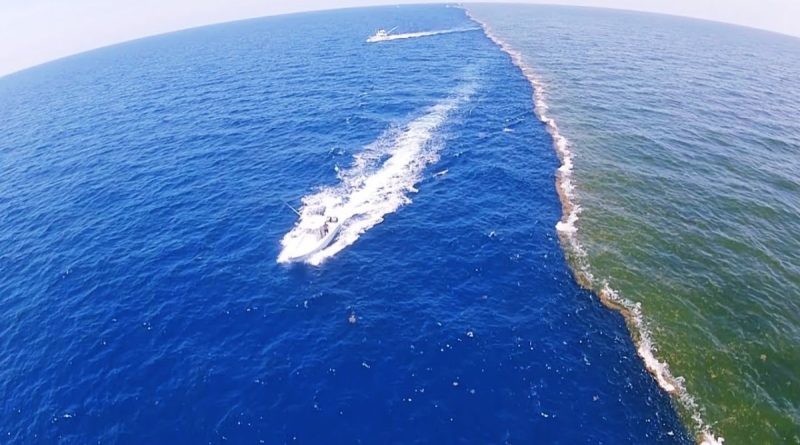Giant “slick” of seaweed moves to Florida shores
Giant "slick" of seaweed moves to Florida shores
A huge “slick” of seaweed has formed in the Atlantic Ocean and is heading for the shores of Florida and the Gulf of Mexico, threatening to leave piles of it on the beaches, making the tourist season very difficult.
The algae is called sargassum, and scientists know about it. But this year’s mass of sargassum is the largest ever observed, stretching more than 5,000 miles from the coast of Africa to the Gulf of Mexico.
The cluster is currently moving westward and, after passing through the Caribbean, will enter the Gulf of Mexico. On the beaches of Florida algae will appear in July, said Dr. Brian Lapointe, a researcher at Florida Atlantic University’s Harbor Branch Oceanographic Institute.
This year’s sargassum blooms started early and the algae bloomed particularly intensely from December through January. This phenomenon, he said, “will create a disastrous problem for tourism in the Caribbean region.
Now in Barbados, writes the publication, the locals have involved 1600 dump trucks to remove algae from the beaches every day.
Rotting sargassum is dangerous to human health because it produces hydrogen sulfide, which is toxic and can cause breathing problems. In addition, the seaweed contains arsenic in its flesh, which prevents it from being used as a fertilizer.
You may be interested: The U.S. urged Russia to be careful when flying in international airspace
